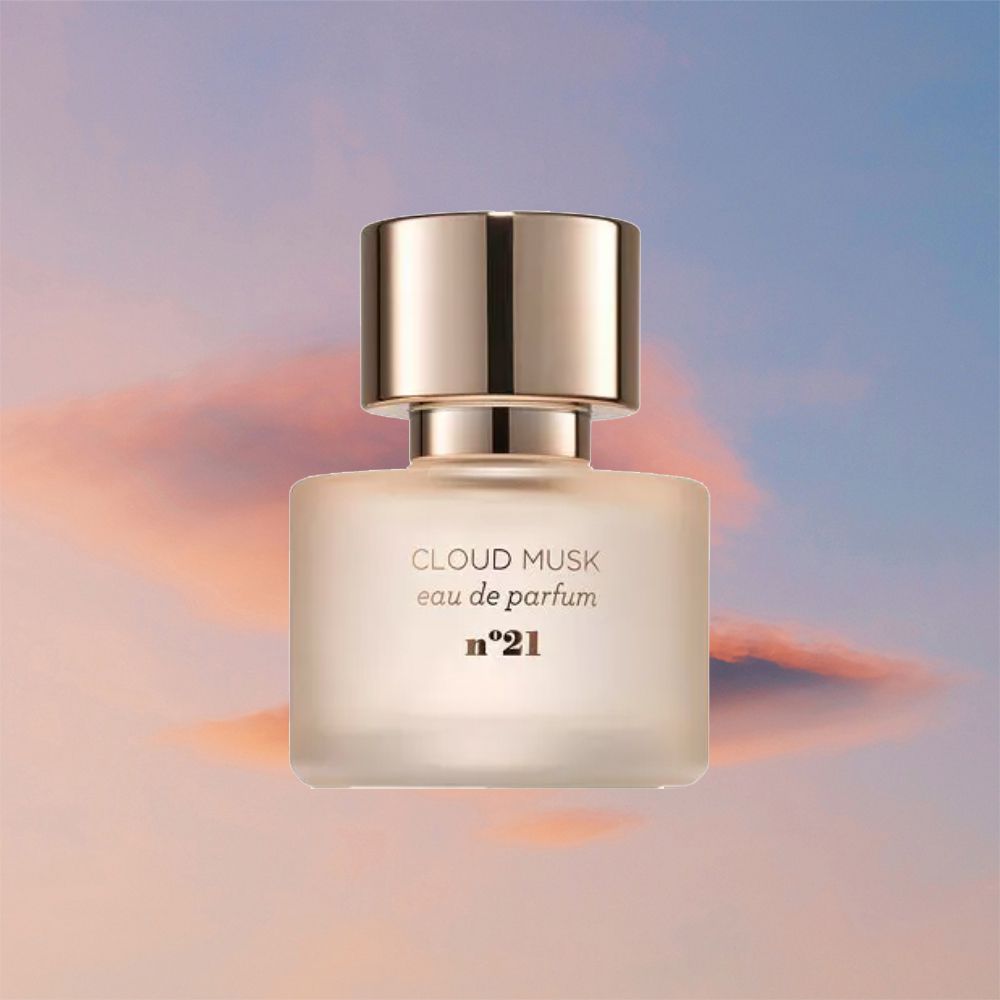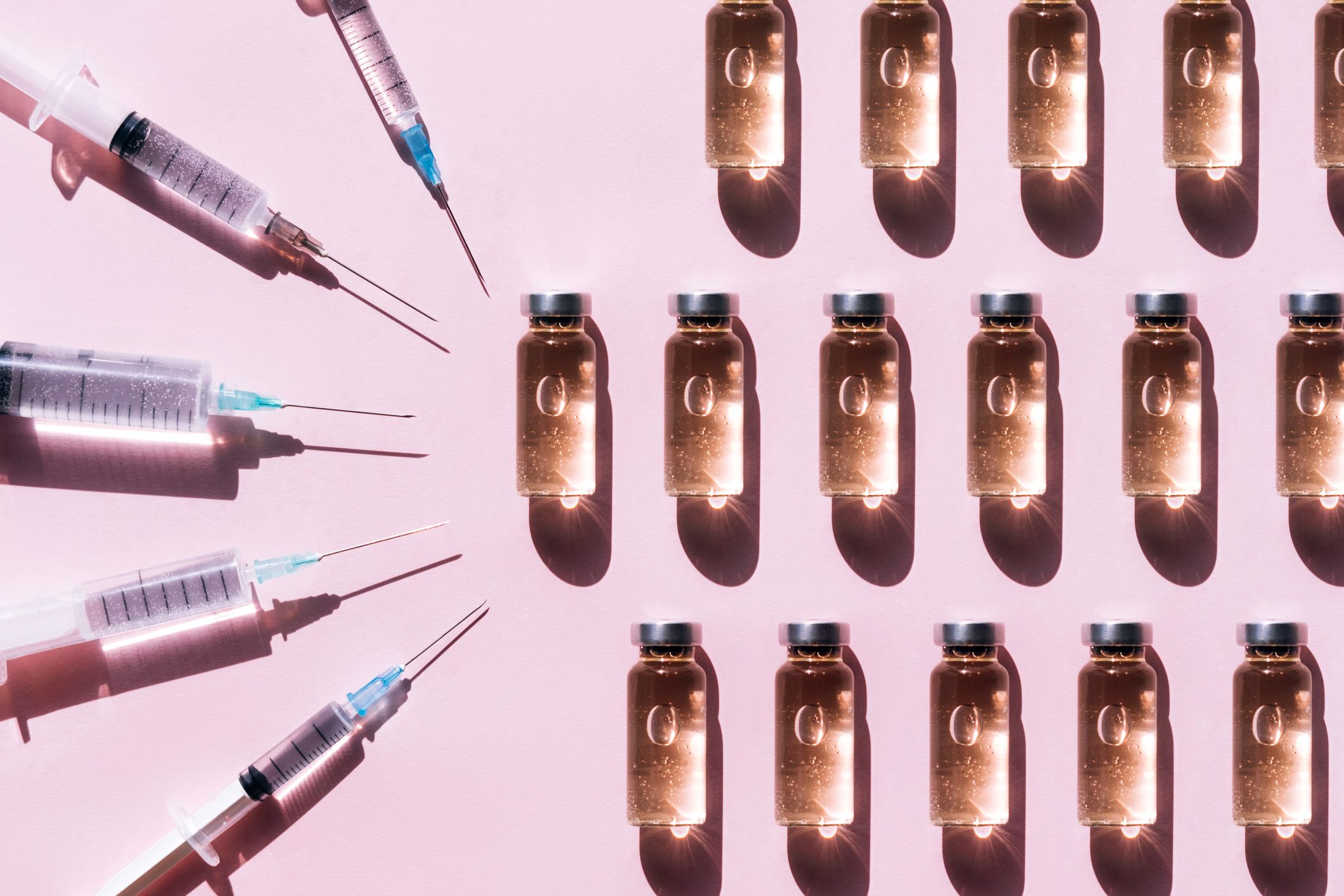How to Treat Melasma Once and For All, According to Dermatologists
Melasma—maybe you’ve heard of it. Or perhaps you’re scratching your head wondering what on Earth it is. Which, to be honest, makes sense, considering it’s more commonly referred to as dark spots on your face. Now that we have your undivided attention, let’s dive in.
What Is Melasma?
According to cosmetic dermatologist Michele Green, MD, melasma is a skin condition that causes patches of dark discoloration on the skin. “It usually occurs on the face, predominantly on the cheeks and forehead,” she explains, noting that it’s usually caused by hormonal changes and/or sun exposure.
While there are no known health risks associated with melasma, Green acknowledges that the uneven color has been known to lead to self-consciousness. Since we believe that everyone should be empowered to feel their most confident, we’ve rounded up a handful of ways to make melasma a skin concern of the past. While melasma is in no way something that needs to be addressed, we’re here to help you do so if you want to.
While both men and women live with melasma, Green says that women are more often affected, as hormonal changes during pregnancy or while taking birth control are triggers.
How Long Until Melasma Goes Away?
Melasma is a skin condition that can be diminished, but there’s not an actual cure for it. Because of this, Green reminds us that melasma can reoccur post-treatment, especially if you don’t make the treatments a regular part of your routine, or if repeated sun exposure is part of your day-to-day. But don’t let that discourage you.
Green says that there are effective melasma treatments that work and offer long-lasting results. Check them out, below.
Try Cosmelan Peels to Reduce Facial Melasma
Cosmelan is a two-part process that includes two chemical peels spaced three weeks apart. “In my office, I do Cosmelan peels to reduce facial melasma,” Green says. “The great thing about the Cosmelan treatment is that it is safe and effective for all skin types.”
These peels are especially popular for the treatment of melasma because they’re not formulated with hydroquinone, a popular melasma treatment that may, in some cases, cause redness and/or dryness.
KEY INGREDIENTS
Hydroquinone is a chemical compound used in products that treat hyperpigmentation. It works by interacting with the melanin-producing cells in the skin and decreasing the production of pigment.
Incorporate Exfoliation into Your Daily Routine
It’s no secret exfoliation is key for smoothing skin and minimizing dark spots—which just so happens to include melasma. “Peels rich in trichloroacetic (TCA) acid and lactic acid like our TCA Multi-Acid Face Peel evenly exfoliate the outermost layer of the skin, which can aid in breaking apart pigmented cells,” Benjamin says.
Ramp Up Your Retinol and Retin-A Use
Green tells us that retinol and Retin-A turn over the skin cells, rejuvenate the skin, and produce new collagen as well. Depending on your level of melasma, you may be able to get away with OTC retinol, but if you have stubborn dark spots, you may want to consult your dermatologist for a prescription dose of Retin-A.
Try Dermaplaning to Lift Dark Spots
Another way to diminish the appearance of melasma? Dermaplaning, of course. “Peels and dermaplaning are the perfect exfoliation partners because where peels speed up cell turnover, which causes old cells to shed and flake off, dermaplaning helps slough off these dead cells more effectively, which gradually removes some of the superficial hyperpigmentation and reveals a more even skin tone,” says Benjamin.
Consider How Your Contraceptive Might Play a Role
Because melasma has been linked to hormonal changes and imbalances, it’s possible that birth control can play a role in exacerbating your melasma.
If you use hormonal birth control, consult your physician or a dermatologist about how your prescription might be making your melasma worse, and if there is a different contraceptive that might be better suited for you.
Stock Your Skincare Routine With Vitamin C
Since the discoloration of melasma stems from an overproduction of melanin, Green says that you need to use products that will reduce this pigmentation and treat the excess melanin. “Vitamin C serum works as an antioxidant to lighten up dark spots and rejuvenate skin,” she points out.
Garshick adds to this, noting that vitamin C will fight free radical damage and brighten the skin overall. “One particular vitamin C product good for those with melasma is the Revision C Correcting Complex, which contains a combination of Vitamin C with patent-pending MELA-path technology to help provide protection against free-radical damage from blue light, so helps to brighten and improve skin tone,” she says.
Use Products That Help Speed Up Cell Turnover
Another great way to reduce the appearance of melasma is by stimulating cell turnover, which will help to gradually replace pigmented cells: “Our EGF Activating Serum contains natural epidermal growth factors that stimulate the skin’s ability to regenerate and heal, gradually brightening and lifting hyperpigmentation over time,” Benjamin says.
For even better results, she says to pair a turnover-boosting serum with microneedling to help the serum sink even deeper into the skin to target far-reaching melasma.
Make Room for Hydroquinones in Your Routine
According to Green, products containing hydroquinones decrease pigmentation.
Garshick expands on this, noting that hydroquinone is a well-known lightening cream that has been used for the treatment of melasma for many years with different concentrations available (it used to be available over the counter, but is now only available with a prescription). “While it is an effective treatment for melasma, it should always be done under the direction and supervision of a board-certified dermatologist, given the potential risk of ochronosis or paradoxical darkening that can be associated with it,” she emphasizes.
Apply Sunscreen Every Single Day—No Matter What
Benjamin says that sun exposure can make melasma worse, which means SPF is a must. And, folks, this includes days when you’re not spending a lot of time outside, as well as days where it’s incredibly cloudy outside. After all, UV rays can still shine through.
When it comes to sunscreen, Garshick recommends broad-spectrum (UVA and UVB coverage), physical blockers that are zinc or titanium-based, and that IS SPF 30 or higher. “Additionally, there are some studies that suggest that those with hyperpigmentation or melasma may be more susceptible to worsening discoloration from high energy visible light or blue light,” she adds. “For this reason, it is also recommended to have protection against blue light, so it is good to look for sunscreens that offer protection against this such as iron-oxide containing sunscreens such as Elta MD UV Elements Tinted. I like this sunscreen as not only does it provide broad coverage but it also is easy to apply for daily use.”
Consult a Dermatologist to Guide Your Melasma Journey
Sometimes it’s best to speak with a board-certified dermatologist to determine the best treatment for your melasma concerns. “There are prescriptions such as Triluma, which contains a combination of hydroquinone, a retinoid, and steroid for the treatment of melasma,” Garshick shares.
Additionally, since melasma can be particularly sensitive to worsening hyperpigmentation, Garshick says that it is important to make sure to check with a board-certified dermatologist before doing any specific laser or treatment.
When to See a Professional
Although there are various treatments that help improve melasma and many people do find success with them, Garshick tells us that melasma is a skin condition that can come and go with the seasons and varying levels of estrogen. What’s more, while it’s largely not something to worry about in the grander scheme of health, Green says that the appearance of melasma can be an indication of underlying health conditions such as thyroid disease or other endocrine problems. Because of this, if the treatments above don’t seem to do you any good, you should seek out a derm’s professional opinion on what’s going on with your skin and health as a whole.










